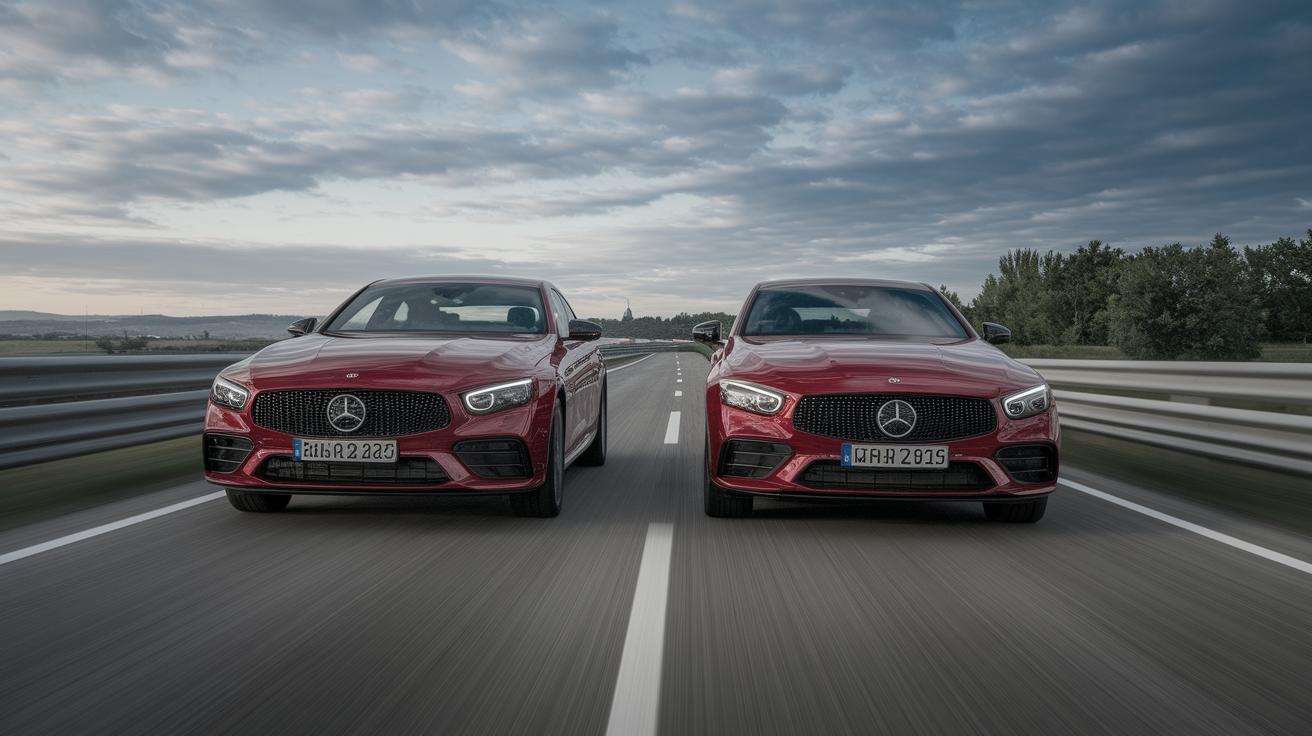How to Compare Different Car Engines
In today’s market, understanding the inner workings of car engines can greatly enhance your ability to choose the right vehicle for your needs. This comprehensive guide explores how car engines operate and the different configurations and technologies that set them apart. We will delve into engine layouts, cylinder configurations, and air intake methods to help you make informed comparisons. Finally, we will introduce Carwow, a platform that can aid in comparing car options efficiently. Whether you’re a car enthusiast or just someone in the market for a new vehicle, this guide aims to equip you with the knowledge necessary to make an educated decision.
How does a car engine work?
A car engine is essentially a complex machine designed to convert fuel into motion. It achieves this via a series of controlled explosions that push pistons, which in turn crank the engine and drive the vehicle forward. The process starts with the air and fuel mixture entering the engine’s cylinders, where it is compressed and ignited by a spark plug, causing the explosion.
The burned gases then push the pistons down, creating the energy needed to turn the crankshaft. This energy is transferred through the drivetrain to the wheels, propelling the car. Internal combustion engines come with a multitude of components that must work in harmony, including the camshaft, timing chains, and various belts, each playing a critical role in ensuring smooth operation.
Different engines require different maintenance routines due to their unique mechanical structures, and understanding these can help prolong the life of your vehicle. Staying informed about how an engine works can prevent minor issues from becoming major problems and ensure optimal performance.
Car engine layouts
Car engines come in various layouts, each offering distinct advantages and disadvantages. The most common engine layouts include the inline, V, and flat engine types. Inline engines have all their cylinders arranged in a single row, making them compact and simpler to manufacture. They are a popular choice for the economy and compact cars, providing balance and reliability.
On the other hand, V engines have cylinders arranged in a V shape, which provides more power and fit in smaller spaces compared to inline engines. This makes them suitable for performance-oriented vehicles and larger cars that demand higher power outputs. The flat or boxer engine type positions the cylinders horizontally, offering a low center of gravity and better stability, ideal for sports cars.
Choosing the right engine layout involves considering factors such as the vehicle’s intended use, overall performance, and fuel efficiency. Each option has its unique set of attributes, influencing how the car handles and performs under different conditions.
Car engine cylinder configurations
Cylinder configuration refers to the arrangement of cylinders within an engine, directly affecting its performance and efficiency. The configurations range from the common inline-four to more complex arrangements like the V8 or W12. Inline-four engines are prevalent for their balance between power output and fuel efficiency, often found in many compact and mid-sized cars.
V6 engines provide a step-up in performance, creating smoother power delivery and greater output, suitable for larger vehicles or those requiring more aggression in driving. The V8 configuration is synonymous with high-performance and muscle cars, offering exceptional power at the cost of fuel efficiency.
More unique setups like the W12 or even inline-six offer specialized performance benefits, often selected for luxury or ultra-performance vehicles. Understanding these configurations will aid in appreciating the vehicle’s potential capabilities and aligning them with your personal driving needs.
Car engine air intake methods
The method by which an engine intakes air significantly influences its performance and efficiency. Naturally aspirated engines rely on atmospheric pressure to draw air into the cylinders, providing consistent performance but limited power potential. They tend to be more reliable and simpler in design, ideal for daily-use vehicles.
Turbocharged engines use a turbine-driven compressor powered by the exhaust gases to force more air into the cylinders, effectively increasing power output. This method is favored for performance-oriented vehicles due to its ability to significantly boost engine efficiency and horsepower.
Supercharged engines employ a belt-driven compressor, similar to a turbocharger but driven directly by the engine. This provides instant power without the lag commonly associated with turbochargers. Each intake method has its pros and cons, with the choice resting on the desired balance between performance, reliability, and fuel economy.
Cars Change? Carwow!
With constant evolution in automotive technology, keeping up with the latest trends and models can be daunting. Enter Carwow, a revolutionary platform that simplifies the car buying process by allowing users to easily compare vehicles based on various specifications and options. Carwow provides detailed car reviews, test drives, and insights into new models, helping consumers make well-informed decisions.
The platform excels in offering price comparisons directly from dealerships, ensuring you get the best deal possible. By consolidating information from various sources, Carwow helps demystify the complexities inherent in comparing car engines and features. As new technologies emerge, such as electric and hybrid engines, platforms like Carwow become indispensable tools for navigating an ever-changing marketplace.
Ultimately, understanding engine dynamics through platforms like Carwow empowers consumers to confidently select a vehicle that aligns with their lifestyle and driving preferences. Staying informed about current trends and advancements is crucial in making the best car purchase decisions.
Summary of Main Points
| Aspect | Details |
|---|---|
| How does a car engine work? | Car engines convert fuel into motion through controlled explosions, driving vehicle movement. |
| Car engine layouts | Includes inline, V, and flat types, affecting power, size, and vehicle application. |
| Car engine cylinder configurations | Different cylinder arrangements such as inline-four, V6, V8 impacting power and efficiency. |
| Car engine air intake methods | Ways to intake air influence performance, such as naturally aspirated, turbocharged, or supercharged engines. |
| Cars Change? Carwow! | A platform for comparing car models, prices, and features, facilitating informed purchasing decisions. |

Leave a Reply